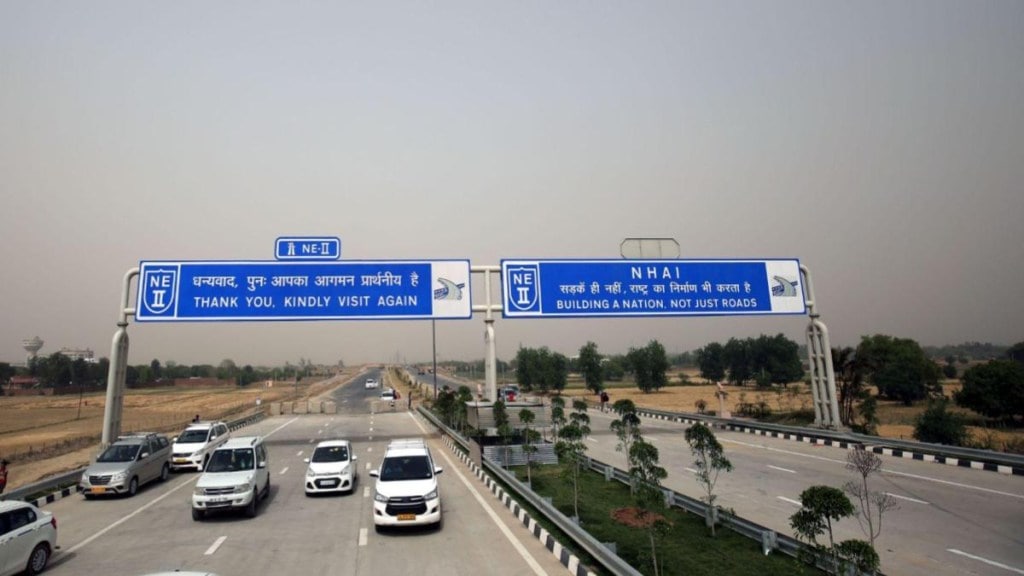The National Highways Authority of India (NHAI) has come up with a list of high-traffic density corridors for private developers to build and operate under the BoT model. However, further risk mitigation on the lines of the Hybrid Annuity Model may be required to make it lucrative enough, says Mukesh Jagota.
l The return of BoT in highway construction
After two years of groundwork the government has again made a determined push towards getting greater private sector participation in building highways through the Build Operate Transfer (BoT) model.
In January 2024, the National Highways Authority of India (NHAI) came up with a list of 53 high-traffic density corridors of 5214 km length that will be offered to private developers under the BoT model. The total cost of these stretches, which include greenfield access controlled highways, is estimated at Rs 2.1 trillion. So far, bids for nine of these stretches costing around Rs 34,920 crore have been invited. The bids are likely to come in by March.
Last year the government made changes in the Model Concession Agreement (MCA) and offered to give greater comfort to private players. It has even offered to cover the risk to developers should their projects face any revenue shocks in any circumstances.
l Battling a massive fund crunch
Between 2007 and 2014, BoT was the most popular mode for building highways, accounting for 50% of the total. But since 2014, it has been languishing after developers faced massive losses and abandoned projects. The government then decided to fund highway construction from public funds. From FY 16 the allocation to the sector multiplied. The NHAI raised debt and monetised assets to supplement the government’s efforts. In five years starting FY 18, NHAI raised more than `3-trillion debt before the finance ministry put an end to further debt raising. The pace of monetisation has also been slow.
In FY 15, plan expenditure or capital expenditure of the ministry of road transport and highways was Rs 27,442 crore which has gone up to Rs 2.45 trillion in FY 24. In the interim budget for FY 25, the increase in capex of the ministry has been a modest 3% to Rs 2.52 trillion. This modest increase implies that the private sector is expected to share a larger burden of highway building from the next financial year.
l Hybrid Annuity Model: A better alternative
In the BoT model of road building, a private player after winning the concession from the government agency, in this case NHAI, builds a highway. In lieu of investments the developer makes, he gets the right to collect user fees for around 20 years. As BoT fell into disuse after 2014, the government came up with the Hybrid Annuity Model (HAM) in 2016 which has been enthusiastically received by private developers. The popularity of HAM has enabled it to clock a share of 58% in Bharatmala, the flagship highway building programme. BOT’s share in Bharatmala is a mere 1.41% while another mode of highway construction, Engineering Procurement and Construction (EPC), accounts for 41%.
The reasons are not far to seek. In BOT, all revenue projection risks are on the developer whereas in HAM this risk passes on to the government agency while the highway builder gets fixed annuity payments for 15 years to help him recover the costs.
HAM also needs much less capital commitment from the developer as compared to BOT. In BOT, all funds have to be invested by the concessionaire. In a typical project, 30% of the cost is met from equity and 70% from debt. So 30% equity capital commitment is required from the developer. In HAM, the government agency gives 40% of the cost of the project and 60% has to come from the developer. So equity commitment of 30% of the 60% commitment from developers comes to around 18% of the total project cost.
l Will the government succeed this time?
Despite the bids being invited under BoT after consultations with all stakeholders, experts do not expect a great response from developers. One big reason for their scepticism is that HAM gives more bang for the buck with almost no risk. The highway construction firms, many of whom are public listed companies and have many investors, would gravitate towards models with less revenue risk and lower capital commitments. With their limited capita, they can build a larger order book under HAM then under BOT. As HAM is more attractive, offering more lucrative stretches and risk mitigation would be able to bring in the brave among them.

